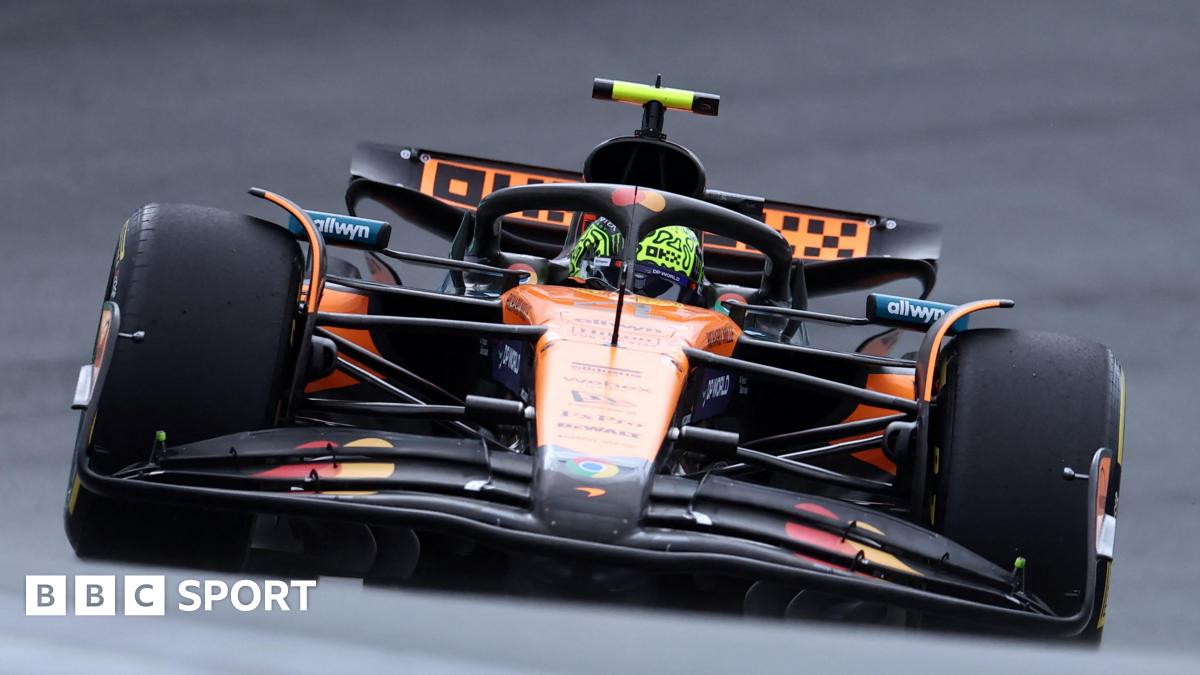Used EV sales are quietly booming—and yes, that includes Teslas

If you’ve ever considered buying a used EV, now is the time.
According to a new study from the electric vehicle (EV) data analysis firm Recurrent, the used EV industry is seeing increased inventory, stable prices, and demand to rival sales of used gas cars. Recurrent’s report looks at the American used EV market from January to May 2025. The data shows that, since February, used EV inventory has been up 50% year-over-year.
The report comes in the wake of another major update for the EV market: On July 3, Congress approved new spending legislation which will end tax credits on buying new or used EVs beginning on September 30. In light of this change, experts have predicted that EV sales are likely to see a spike pre-September, followed by a decline in the months after. Here’s what to know about the current used EV market:
Used EV sales are closing in on used gas cars
Recurrent’s data showed that, at the end of May, on average, used EVs were rolling out of car lots more quickly than their gas counterparts.
According to Recurrent’s analysts, some of that demand can be attributed to the impending tax credit deadline—but there are a few other likely motivators. First, the available selection has broadened within the past few years: There are currently 70 plug-in hybrid EV and battery-powered EV models on the market. Many options—even when used—are also newer than comparable gas cars, with 72% of used EV listings dating within the past five years. To top it off, EVs are now giving gas cars significant competition in terms of affordability.
“Someone on a budget can stretch their dollar farther in the used EV market as compared with a used gas car,” Recurrent’s report notes. “34% of inventory is priced under $25,000, and 55% is under $30,000. For comparison, in the gas car market, nearly half of all used cars were $20,000 or less in 2019. Today, only 11% are. “
Despite Elon Musk’s drag on the brand, used Teslas remain popular
One of Recurrent’s more surprising findings is that, despite Tesla’s endless list of brand struggles this year (see its plummeting stock prices, lagging deliveries, and constant political woes), used Teslas have not seen the crash in resale value that many experts predicted. (The sole exception to this trend is Tesla’s Cybertruck model.)
While used Tesla prices did see a modest 2% dip in April, Recurrent’s report demonstrates that they’ve broadly kept pace with the overall used EV market. More importantly, it adds, “inventory didn’t sit idle”: April saw a 27% increase in sales volume month-over-month and, by May, used Tesla market share rose to nearly 50%, and days supply fell to just 28 days—the lowest in the industry.
“The interesting thing about our Tesla findings is that they remain very popular options for used car shoppers,” says Andrew Garberson, Recurrent’s head of growth and research. “For people who want a high-range, low-mile, affordable used EV, it’s often a Tesla based on their market share the last 10 years. One car dealer even told us that someone looking for an affordable used EV ‘doesn’t care what Elon says or does. They just need a low-cost, reliable vehicle.’”
With the tax credit deadline looming, now is the time to buy
Since 2008, purchasing a new EV has come with the incentive of a $7,500 federal tax credit—a policy that was expanded in 2022 under the Biden administration to include a potential federal credit of up to $4,000 on used EVs. With the September 30 tax credit deadline now looming on the horizon, buyers are likely to try to get in on the deal before it’s gone.
While Garberson says it’s a little too early for Recurrent to see a spike in used EV sales resulting from the new spending bill, the team has seen a considerable increase in interest from clients. As of July 9, weekly website traffic to Recurrent’s used EV resources had doubled week-over-week.
“The main takeaway is that now is the time for people considering an affordable used EV,” Garberson says. “The tax credits are helping to anchor prices to the $25,000 threshold so newer models with modern range and technology can be affordable for a lot of people. Eligible buyers can also apply the $4,000 rebate to the purchase price, even using it as a down payment. It’s a deal that can’t be beat.”
Can the used EV market sustain this level?
So far, most experts have predicted that the end of the tax credit will be detrimental for the American EV market.
Dan Levy, Barclays’ auto analyst, explained in an interview with Reuters, “We believe the bill reiterates the slowdown ahead for EV penetration in the U.S., with both the ‘carrot’ (i.e. tax credits/incentives) and the ‘stick’ (i.e. emissions regulations) softened.”
Garberson says that, while lease terms indicate that an influx of used EVs is set to hit the market in 2026, it’s difficult to predict what that might look like without the credit.
“The question on everyone’s mind is what happens between September 30th and the end of the year,” Garberson says. “I think we’ll see that dealerships will keep inventory low while the market rebalances, which would keep sticker prices relatively stable. It’ll be interesting to see how states act to backfill federal incentives. A number of states either currently offer or have proposed rebates to help their residents. But all of those factors make the crystal ball difficult to read.”
What's Your Reaction?
 Like
0
Like
0
 Dislike
0
Dislike
0
 Love
0
Love
0
 Funny
0
Funny
0
 Angry
0
Angry
0
 Sad
0
Sad
0
 Wow
0
Wow
0



















































![Øyunn finds "New Life" in latest single [Music Video]](https://earmilk.com/wp-content/uploads/2025/08/oyunn-800x379.png)











































